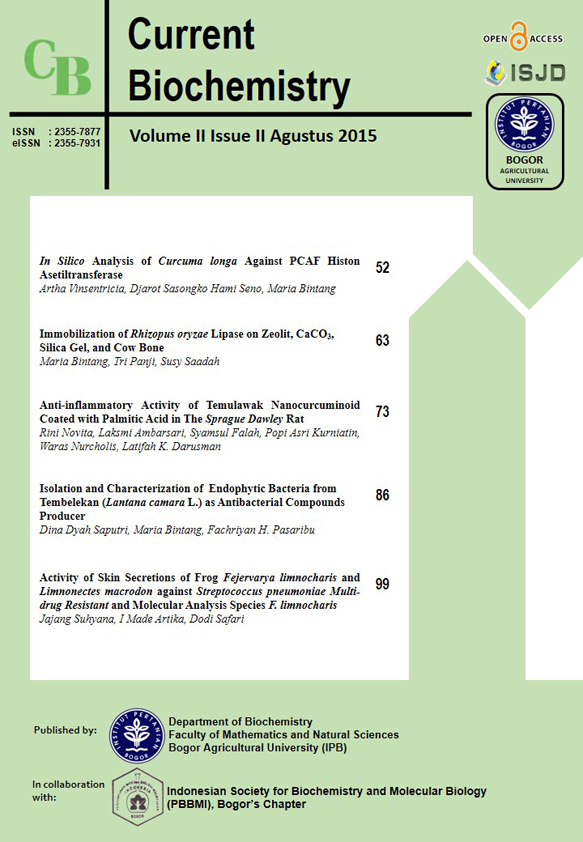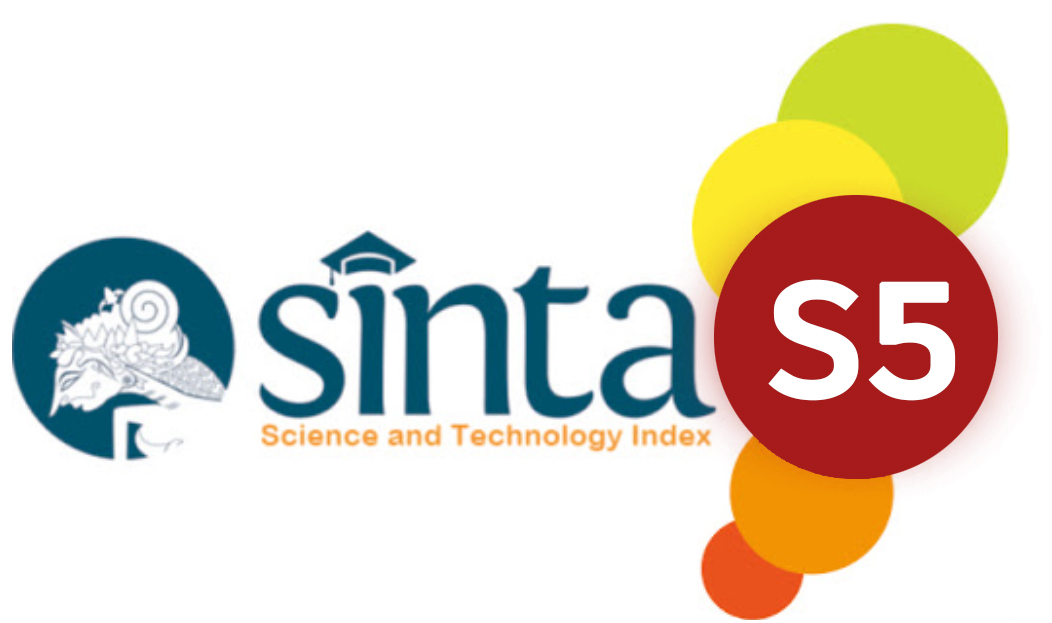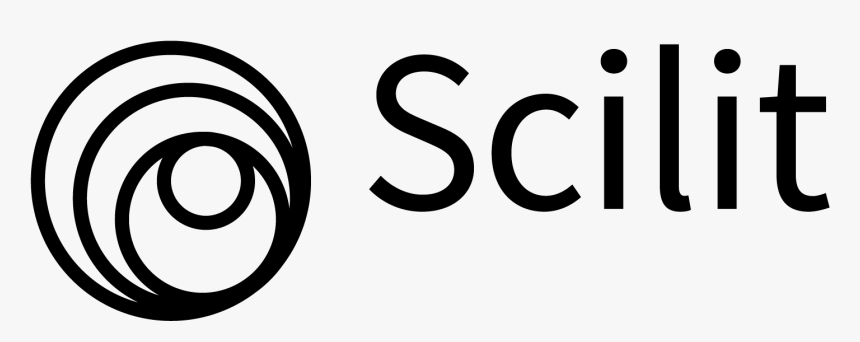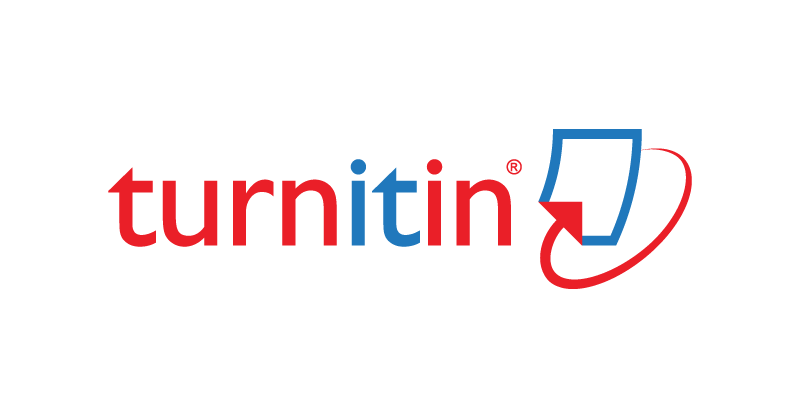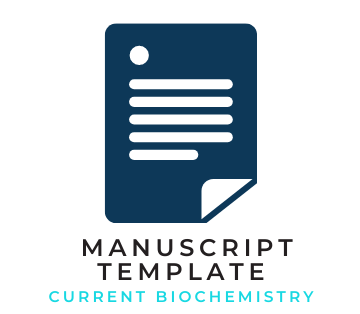Anti-inflammatory Activity of Temulawak Nanocurcuminoid Coated with Palmitic Acid in The <i>Sprague Dawley</i> Rat
Abstract
Temulawak or Curcuma xanthorrhiza Roxb, is usually used as traditional medicine (herbal medicine) that has antioxidant, anticancer, antihyperglycemic, anti-inflammatory, hepatoprotective and gastroprotective properties. The main components contained in temulawak responsible for its efficacy as a medicine are xantorhizol and curcuminoid. Curcuminoid has drawbacks, which are difficult to absorb and very quickly metabolized by the body, so that limit its bioavailability. The use of solid lipid nanoparticle carrier system (SLN) in form of palmitic acid, is known to improve the bioavailability of curcuminoid. This study aims to find the effective dose of nanocurcuminoid coated with palmitic acid that can be used as an anti-inflammatory agent. The methods used in this study, include the production of nanocurcuminoid with homogenization and ultrasonication methods, determination of particle size, polydispersity index, entrapment efficiency and anti-inflammatory activity test through rat feet edema. Nanocurcuminoid obtained in this study was 561.53 nm in size, with polydispersity index 0.309 and concentrations of curcuminoid absorbed and entrapment efficiency were 0.61±0.031 mg/mL, 58.93±3.021%, respectively. Anti-inflammatory activity of nanocurcuminoid through treated Sprague Dawley rats, showed that there were no significant difference compared with the positive control, curcuminoid extracts and empty nanoparticle. These results indicate that nanocurcuminoid with 175, 200 and 250 mg/kg.bw in doses, has greater anti-inflammatory activity (31.70%) compared to the other treatments.References
Aggarwal S, Takada Y, Singh S, Myers JN, Aggarwal BB. 2004. Inhibition of growth and survival of human head and neck squamous cell carcinoma cells by curcumin via modulation of nuclear factor-kappaB signaling. Int J Cancer. 111:679–92.
Amdekar S, Roy P, Singh V, Kumar A, Singh R, Sharma P. 2012. Anti-inflammatory activity of Lactobacillus on carrageenan-induced paw edema in male wistar rats. International Journal of Inflammation.
Anand P, Kunnumakkara AB, Newman RA, Aggarwal BB. 2007. Bioavailability of curcumin: problems and promises. Molecular Pharmaceutics. 4:807-818.
Anton N, Benoit JP, Saulnier P. 2008. Design and production of nanoparticles formulated from nano-emulsion templates – A Review. Journal of Controlled Release 128: 185–199.
Basnet P, Basnet NS. 2011. Curcumin : an anti-inflammatory molecule from a curry spice on the path to cancer treatment. Molecule. 16:4567-4598. Chun KS, Keum YS, Han SS, Song YS, Kim SH, Surh YJ. 2003. Curcumin inhibits phorbol ester-induced expression of cyclooxygenase-2 in mouse skin through suppression of extracellular signal-regulated kinase activity and NF-kB activation. Carcinogenesis. 24(9):1515-1524.
Devaraj S, Ismail S, Ramanathan S, Yam MF. 2014. Investigation of antioxidant and hepatoprotective activity of standardized Curcuma xanthorrhiza rhizoma in carbon tetrachloride-induced hepatic damaged rats. The Scientific World Journal.
Ekaputra, HR. 2013. Optimisasi dan karakterisasi nanokurkuminoid tersalut asam palmitat [Skripsi]. Bogor (ID): Institut Pertanian Bogor.
Haghighi M, Khalvat A, Toliat T, Jallaei S. 2005. Comparing the effects of ginger (Zingiber officinale) extract and ibuprofen on patients with osteoarthritis. Archives of Iranian Medicine. 8(4):267-271.
Harde H, Das M, Jain S. 2011. Solid lipid nanoparticles: an oral bioavailability enhancer vehicle. Informa Healthcare Journal. 8(11):1407-1424.
Hunter RL, Luo AZ, Zhang R, Kozar RA, Moore FA. 2010. Poloxamer 188 inhibition of ischemia/reperfusion injury : evidence for a novel anti-adhesive mechanism. Annals of Clinical & Laboratory Science. 4(2):115-125.
Jawahar N, Meyyanathan SN, Reddy G, Sood S. 2012. Solid lipid nanoparticles for oral delivery of poorly soluble drugs. Journal of Pharmaceutical Sciences and Research. 4(7):1848-1855.
Katzung BG. 2004. Farmakologi dasar dan klinik edisi 8. Jakarta (ID): Salemba Medika.
Kim MB, Kim C, Song Y, Hwang JK. 2014. Antihyperglycemic and anti-inflammatory effects of standardized Curcuma Xanthorrhiza roxb. extract and its active compound xanthorrhizol in high-fat diet-induced obese mice. Hindawi. 2014:1-10.
Lakkireddy JS, Adhikari BSR, Dwarkanath et al. 2006. Tumoricidal effects of etoposide incorporated into solid lipid nanoparticles after intraperitoneal administration in daltons lymphoma bearing mice. The APPS Journal. 8(2):29.
Lao CD, Ruffin IV MT, Normolle D, Heath DD, Murray SI, Bailey JM, Crowell MJ, Rock CL, Brenner DE. 2006. Dose escalation of a curcuminoid formulation. BMC Complementary and Alternative Medicine. 6(10):1-4.
Maulia P. 2014. Aktivitas antiinflamasi sediaan nanopartikel ekstrak kurkuminoid temulawak tersalut asam palmitat secara in vivo [Skripsi]. Bogor (ID): Institut Pertanian Bogor.
Mujib MA. 2011. Pencirian nanopartikel kurkuminoid tersalut asam lemak padat [Tesis]. Bogor (ID): Institut Pertanian Bogor.
Mȕller RH, Mȁder K, Gohla S. 2000. Solid lipid nanoparticles (SLN) for controlled drug delivery – a review of the state of the art. European Journal of Pharmaceutics and Biopharmaceutics. 50:161-177.
Nathan C. 2002. Points of control in inflammation. Nature. 420:846-885.
Permasku G. 2014. Aktivitas ekstrak kurkuminoid rimpang temulawak (Curcuma Xanthorriza roxb) dari berbagai aksesi terhadap inhibisi enzim α-glukosidase secara in vitro [Skripsi]. Bogor (ID): Institut Pertanian Bogor.
Qi J, Lu Y, Wu W. 2012. Absorbtion, disposition and pharmacokinetics of solid lipid nanoparticles. Current Drug Metabolism. 13:418-428.
Ravichandran R. 2013. Pharmacokinetic study of nanoparticulate curcumin : oral formulation for enhanced bioavailability. Journal of Biomaterials and Nanobiotechnology. 4:291-299.
Ricciotti E, Fitzgerald GA. 2011. Prostaglandin and inflammation. Arterioscler Thromb Vasc Biol. 31(5):986-1000.
Tiyaboonchai W, Tungpradit W, Plianbangchang P. 2007. Formulation and characterization of curcuminoids loaded solid lipid nanoparticles. International Journal of Pharmaceutics. 337:299-306.
Wang W, Zhu R, Xie Q, Li A, Xiao Y, Li K, Liu H, Cui D, Chen Y, Wang S. 2012. Enhanced bioavailability and efficiency of curcumin for the treatment of asthma by its formulation in solid lipid nanoparticles. International Journal of Nanomedicine. 7:3667-3677.
Yadav SK, Sah AK, Jha RK, Sah P, Shah DK. 2013. Turmeric (curcumin) remedies gastroprotective action. Pharmacogn Rev. 7(13):42-46.
Yadav VR, Suresh S, Devi K, Yadav S. 2008. Novel formulation of solid lipid microparticles of curcumin for anti-angiogenic and anti-inflammatory activity for optimization of therapy of inflammatory bowel disease. Journal of Pharmacy and Pharmacology. 61:311-321.
Yen FL, Wu TH, Lin LT, Cham TM, Lin CC. 2008. Nanoparticles formulation of Cucuta chinensis prevents acetaminophen-induced hepatotoxicity in rats. Food and Chemical Toxicology. 46:1771-1777.

